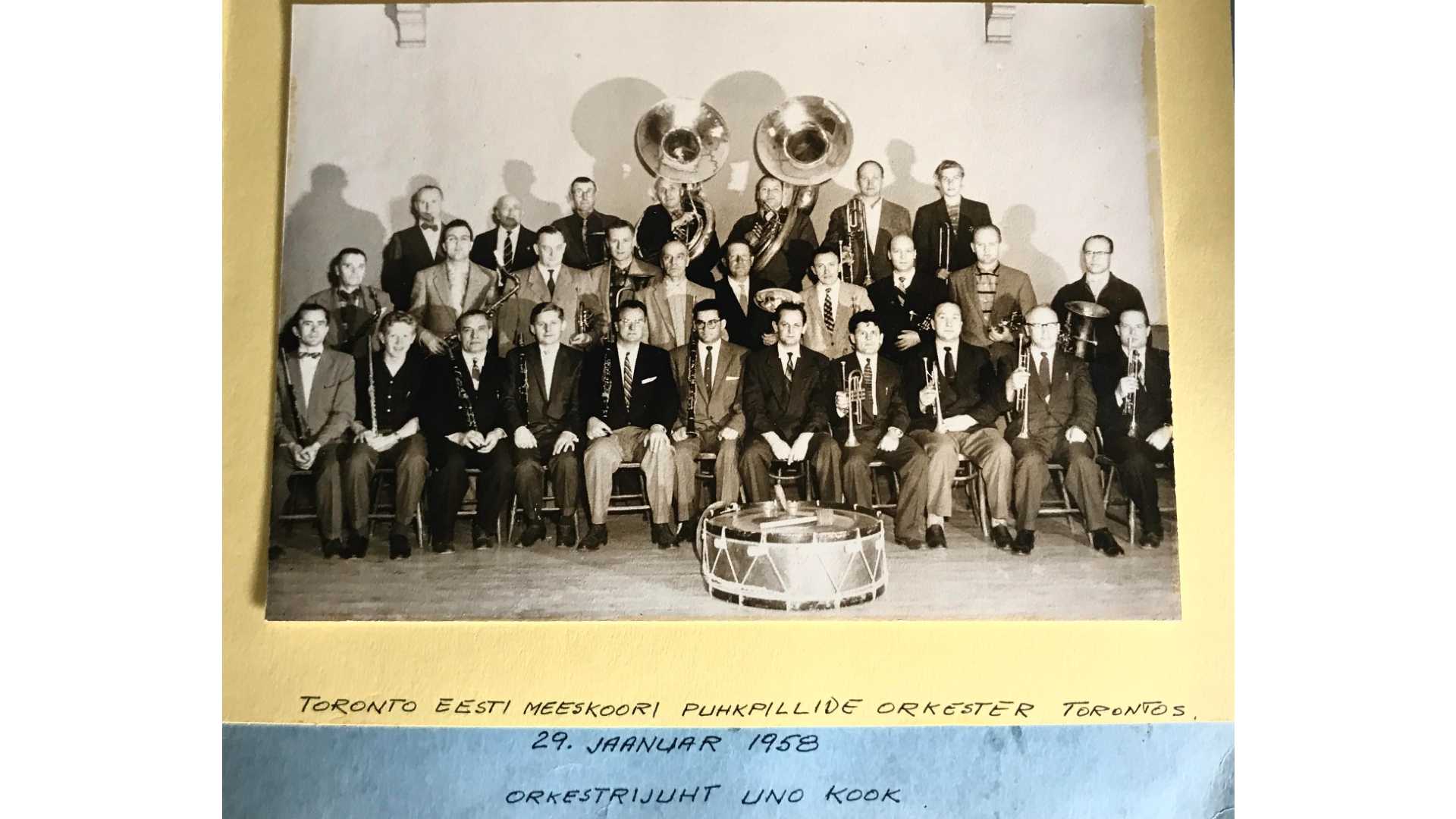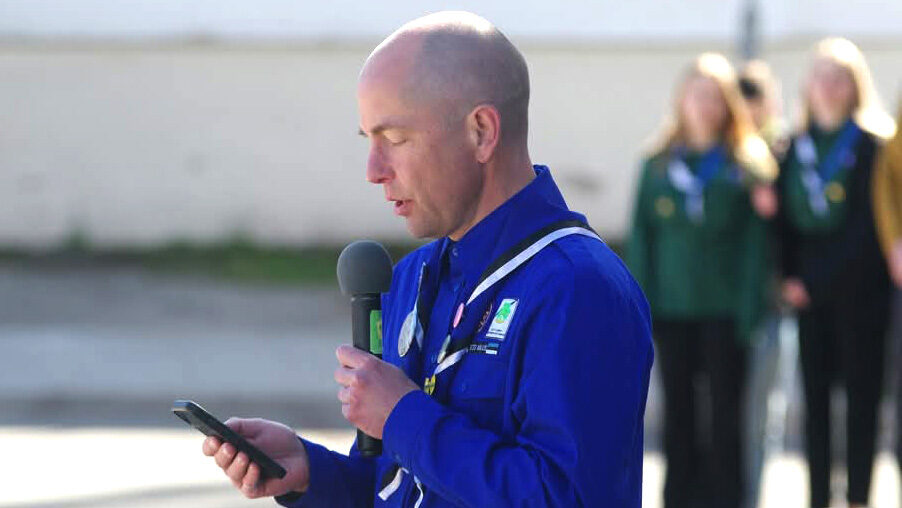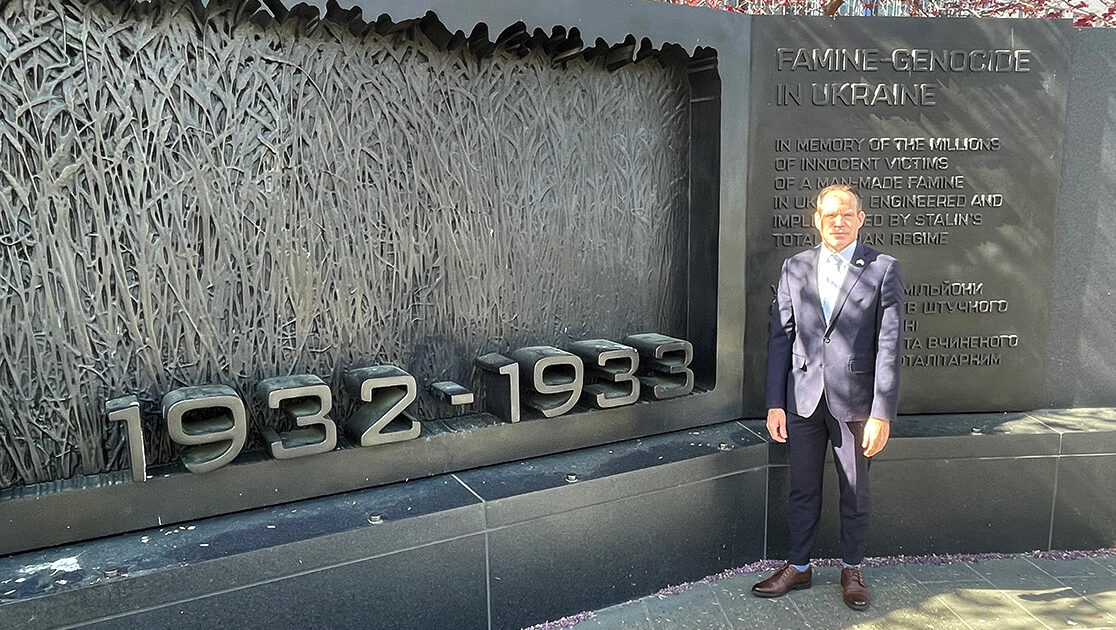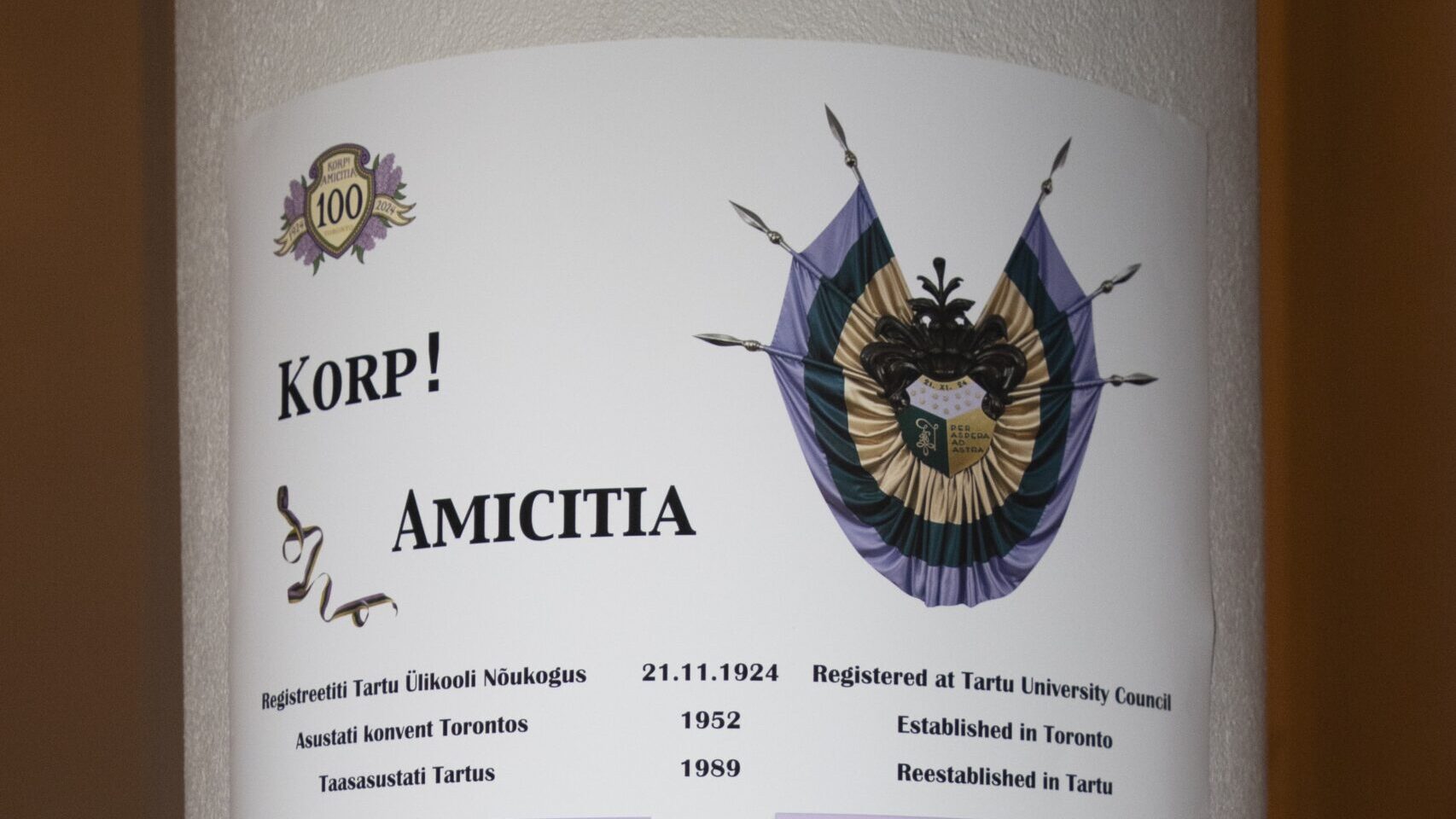Estonia Orkester was founded in 1957 when the woodwind ensemble of Toronto Eesti Meeskoor (Estonian Male Choir) sensed the demand for classical music performances and formed their own separate group. For that endeavour, they sought Uno Kook (born in Tartu on February 4th, 1919), an Assistant Director for Toronto Eesti Meeskoor, a choral conductor, and an excellent French horn player.
Estonia Orkester's members played a broad selection of Canadian, American, and European classical pieces, and of course, their performances brought the best of Estonian compositions to audiences in North America. They played at prestigious venues, including Maple Leaf Gardens and several Vabariigi Aastapäev (Estonian Independence Day) concerts during the late 80s and 90s at the University of Toronto's Convocation Hall.
Looking through the boxes, a few albums with photographs, newspaper clippings, and concert programs were discovered, bringing back memories of performances for many different cultural communities around Toronto, including Latvian, Lithuanian, and Finnish audiences.

Nearly 25 years after the passing of Kook, members of Estonia Orkester have continually preserved the orchestra's legacy. On this particular occasion, Toomas Heinar was bestowed with the responsibility of transporting Uno Kook's hand-written arrangements of Estonian songs that could not be found anywhere else. Kook was prolific, arranging many songs over the decades to suit the players of the orchestra.
Kook is remembered for being a stickler about timing, bringing out precise playing over countless hours of rehearsals on the Toronto Estonian House stage, in the väike saal (“small hall”), and towards the end, in the classrooms of the Estonian House. Occasionally, frustrations developed as older players couldn't see the notes clearly with deteriorating eyesight, such that they would play entire pieces just from memory. For example, while rehearsing in the late 80s, trombonist Veiko Nõlvak was not able to see the notes in front of him and said “pole vajagi noote!” (“I don't even need the notes!”). Nevertheless, he played the whole piece perfectly. The orchestra was a place for musicians of all ages.
Toomas Heinar is one of the remaining members of Estonia Orkester. He joined as a trombonist in 1972, along with a handful of other young musicians who had a remarkable opportunity to play Estonian music that they wouldn't have had the chance to play otherwise, alongside formally trained musicians from Estonia. Heinar specifically remembers sitting between Veiko Nõlvak and Peeter Liima, who gracefully moved through scores with crisp and clean tone. Nõlvak was playing a bass trombone that was obtained after emigrating to Canada. Along with the double bass played by Alexander Kerk, these are instruments that have been passed on and are still being used to this day.
Herbert Kasenurm and Voldemar Gustavson were the unofficial archivists and social organizers of the orchestra, hosting get-togethers and Christmas parties for as long as they could.
Uno Kook passed away on the 27th of August, 1995. It was a devastating loss for all of the orchestra's members. In 1999, Gustavson organized a recorded memorial concert for Kook at the Estonian House. The concert, which brought Estonia Orkester to its conclusion, featured performances of Kook's favourite arrangements, conducted by Gustavson.
Despite their professionalism and high caliber performances, many of the orchestra's members worked in professions outside of music. The time put into the music by these musicians was a pure labour of love, founded upon a participation in the arts, which Toomas Heinar says gives value to one's life. To him, music “bears your soul with sincerity. It's like saying ‘this is who I am'. And to have an audience is so rewarding.”
Behind the notes scrawled on staff paper is a story of joy and care in music, and of the lifelong friends that are made in the process.
This article was written by Vincent Teetsov as part of the Local Journalism Initiative.




